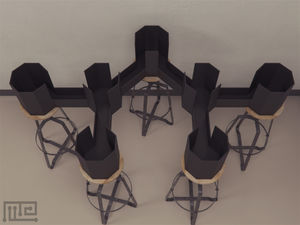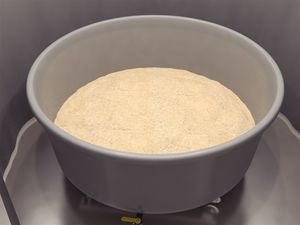
- Laboratory
- Medical research
- Y experiment maze
- MazeEngineers

- Products
- Catalogs
- News & Trends
- Exhibitions
Y experiment maze Double Yfor animal researchfor micefor rats
Add to favorites
Compare this product
Characteristics
- Type
- Y
- Applications
- for animal research
- Animal type
- for mice, for rats
Description
The double Y-maze was developed as a measure of mnemonic function (Mallet and Beninger, 1993). The double Y-maze presents the mouse or rat with two consecutive tasks on each trial: a spatial discrimination task in the first ‘Y’, followed by a delayed alternation task in the second ‘Y’. In trained rodents, the first task is a test of reference (trial independent) memory, while the second task is a test of reference and working memory (trial dependent) memory. The tasks make identical demands on the rodent in all ways (eg motivation, locomotion, sensory perception), except for the addition of the working memory component of the second task.
Thus, if a trained rodent performs as expected in the first task of the maze (involving reference memory only), then poorly in the second task (involving reference and working memory), the difference can confidently be attributed to a failure in working memory.
Related Searches
- Activity meter
- Animal research cage
- Modular animal research cage
- Experiment maze
- Mice experiment maze
- Rat experiment maze
- Animal research experiment maze
- Rodent animal research cage
- Analgesia meter
- Operant behavior system
- Mice animal research cage
- Animal research analgesia meter
- Mice activity meter
- Rat operant behavior system
- Mice operant behavior system
- Benchtop operant behavior system
- Rat activity meter
- Behavioral research activity monitor
- Behavioral research experiment maze
- Elevated plus experiment maze
*Prices are pre-tax. They exclude delivery charges and customs duties and do not include additional charges for installation or activation options. Prices are indicative only and may vary by country, with changes to the cost of raw materials and exchange rates.
















